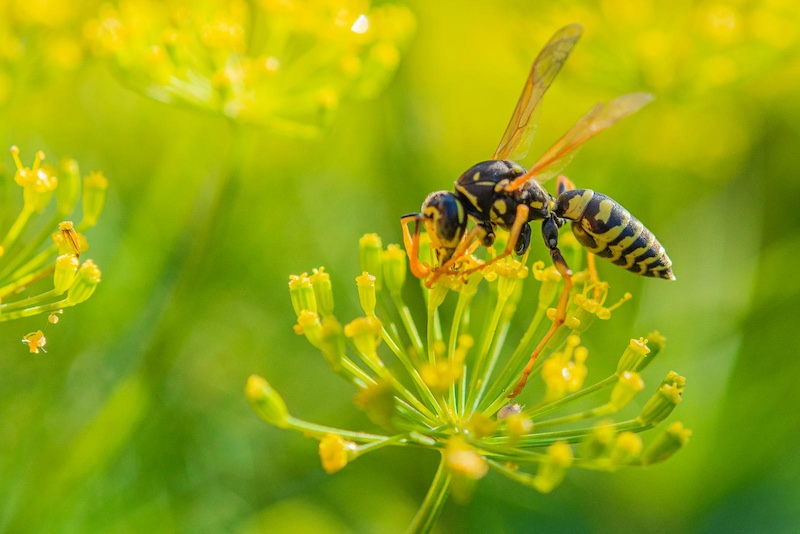The exploration of outer space has always fascinated humanity, and over the years, scientists have sent a variety of organisms beyond Earth to study the effects of space travel on living beings. Among these organisms are insects, which have proven to be valuable subjects for research due to their resilience and unique biological characteristics. Here are ten remarkable insects that have ventured into space.
1. Fruit Flies
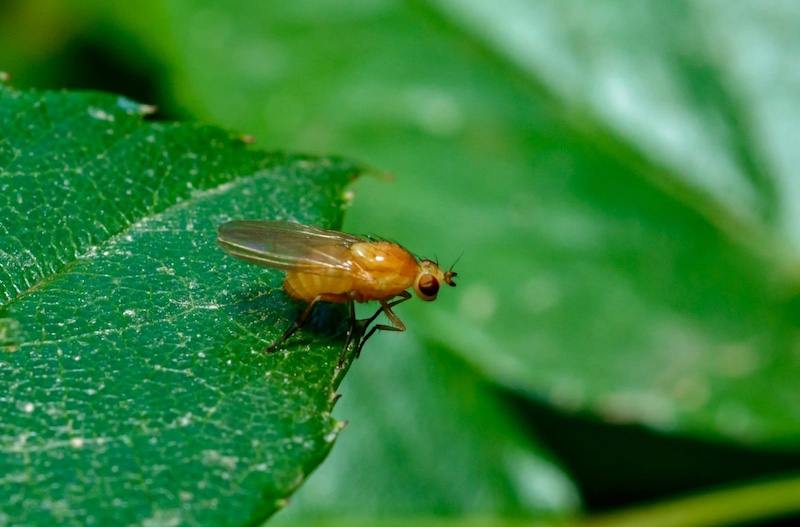
Fruit flies were among the first living organisms sent to space. In 1947, a group of Drosophila melanogaster was launched aboard a V-2 rocket. Researchers aimed to study the effects of radiation exposure and weightlessness on these tiny creatures. Their findings laid the groundwork for future biological experiments in space.
2. Ants
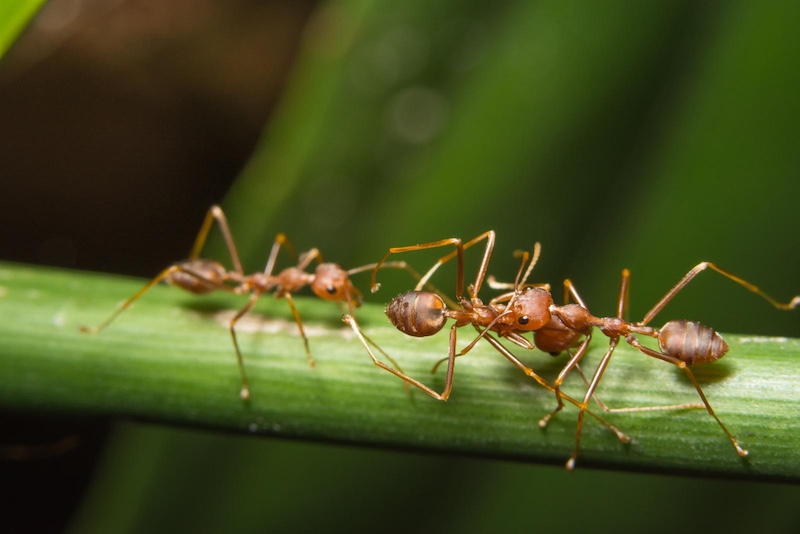
Ants have been sent to space to understand their behavior in microgravity. In 1995, a group of harvester ants was launched aboard the Space Shuttle Endeavour. Scientists studied how these social insects adapted to the lack of gravity, revealing insights into their navigation and communication methods.
3. Butterflies
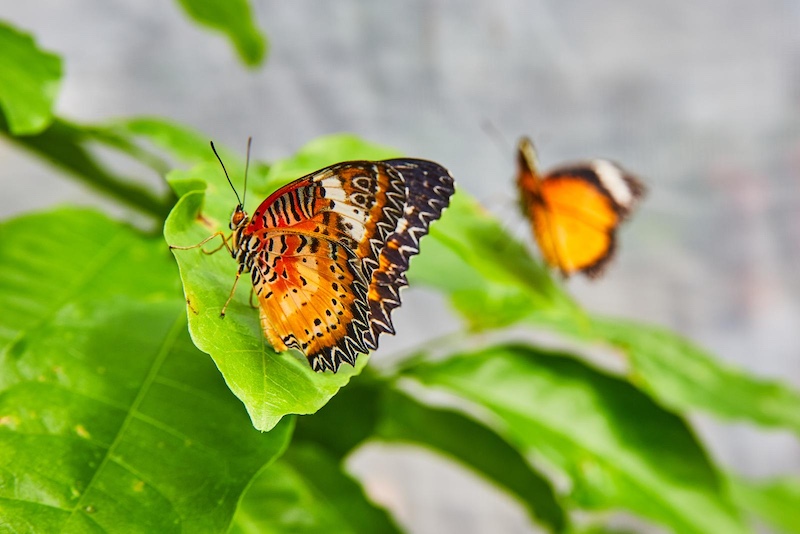
In 1989, NASA sent the painted lady butterfly into space on the Space Shuttle Discovery. Researchers were interested in observing the development and behavior of these insects in microgravity. The experiment focused on the butterflies’ flight patterns and how they adjusted to their new environment.
4. Honeybees
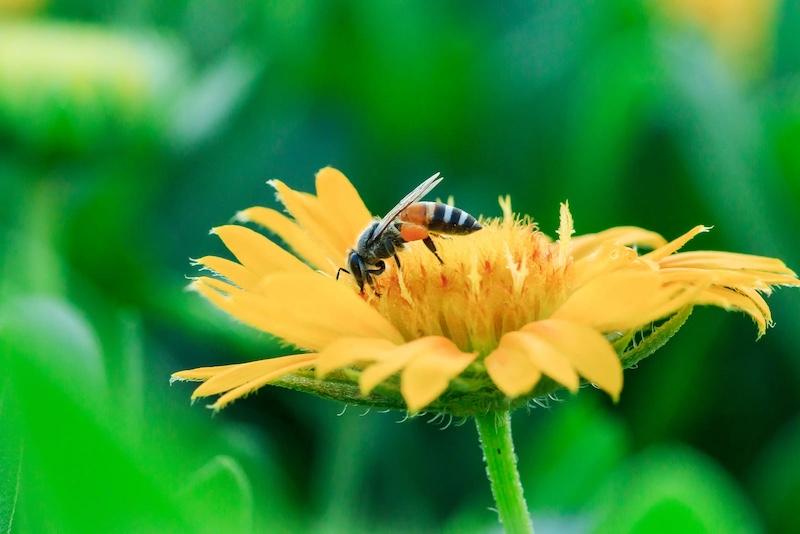
Honeybees are vital pollinators on Earth, and their behavior in space has been a subject of study. In 1996, NASA sent honeybees aboard the Space Shuttle Columbia to observe their foraging behavior in microgravity. The research aimed to understand how the absence of gravity affected their ability to navigate and communicate with each other.
5. Silkworms
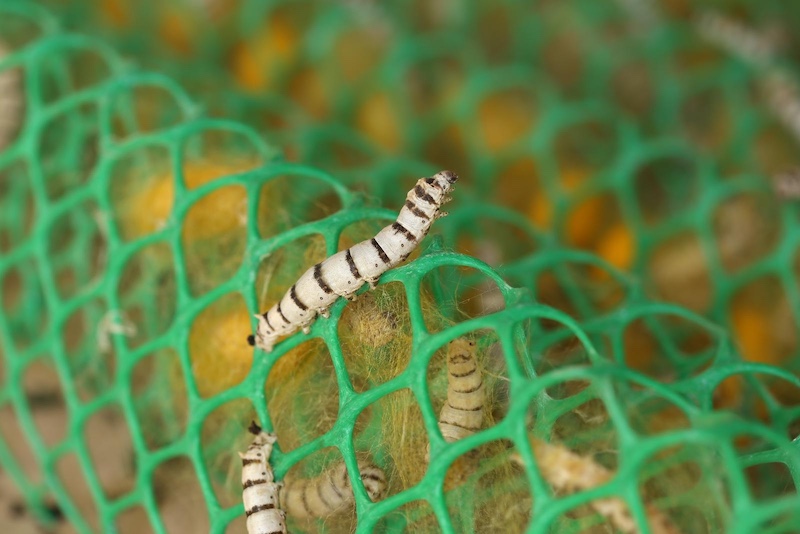
In 2008, silkworms were launched into space on the Japanese Kibo module of the International Space Station (ISS). Scientists studied how microgravity affected the development of silkworm larvae, which are essential for silk production. The experiment provided insights into the effects of space travel on growth and development.
6. Moths
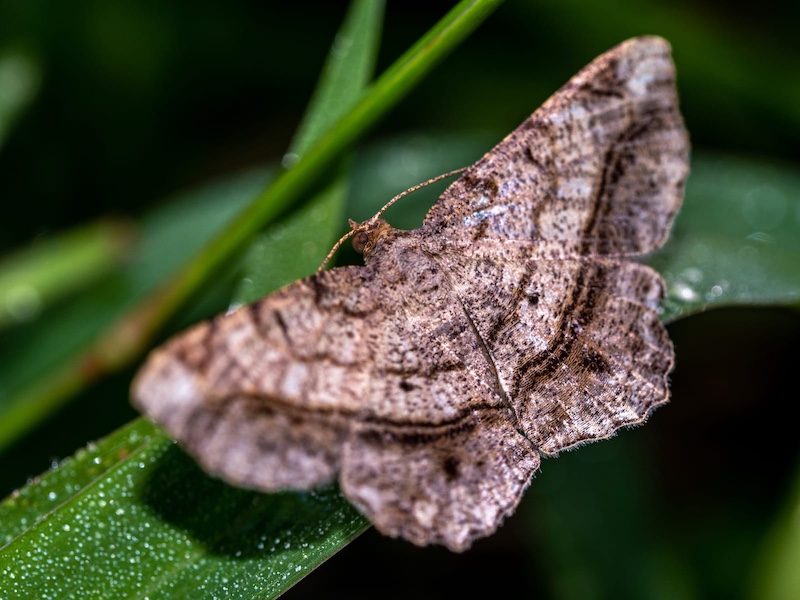
In 2010, the Luna moth was part of an experiment on the ISS. Researchers aimed to investigate the impact of microgravity on the moths’ sensory responses and flight behaviors. The findings contributed to a deeper understanding of how insects perceive their environment in space.
7. Cockroaches

Cockroaches have a reputation for being tough survivors, and in 1997, they were sent into space aboard the Space Shuttle Columbia. Researchers examined their behavior and adaptability in microgravity, studying how their neural and muscular systems responded to the unique conditions of space.
8. Wasps
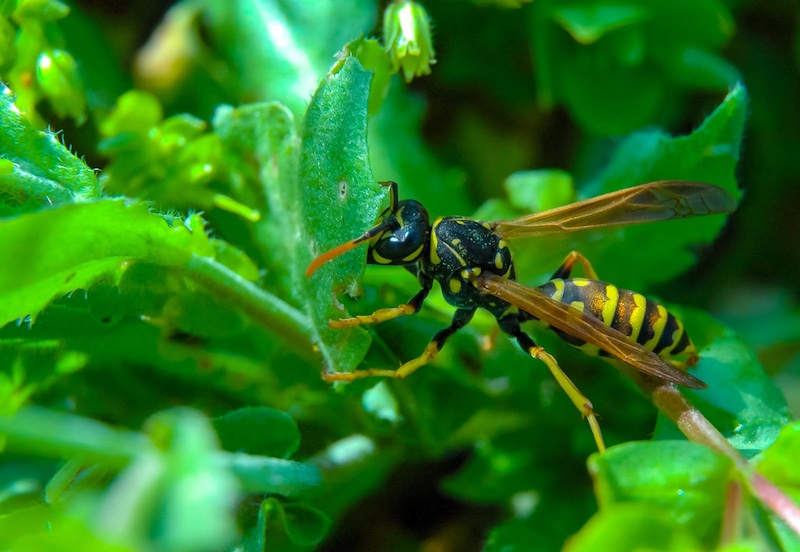
In a 2015 experiment, a species of wasp was sent to the ISS to study their behavior and reproductive patterns in microgravity. The goal was to understand how space affects the development and survival of insect populations, providing valuable data for future space missions.
9. Fleas
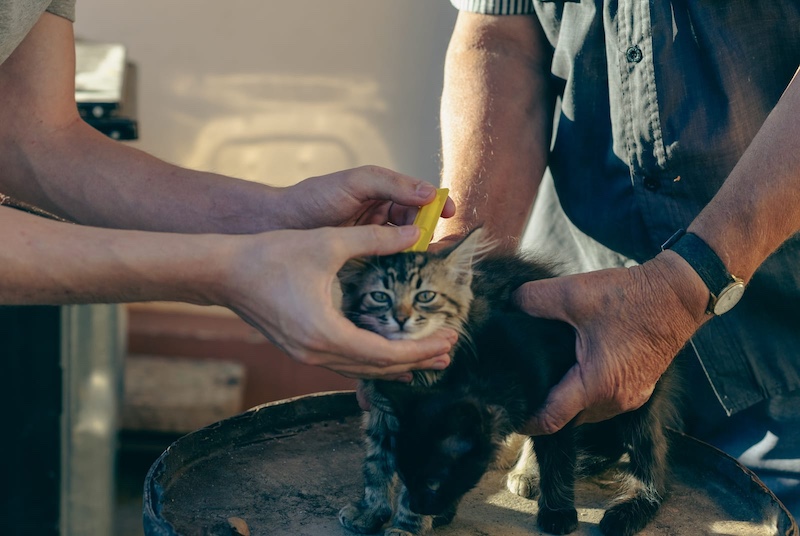
Fleas have also made their way into space. In the 1980s, these tiny parasites were sent aboard the Space Shuttle to study their jumping abilities in microgravity. The experiment revealed fascinating insights into how different gravitational conditions influenced their movement.
10. Termites

Termites were part of a 2018 study aboard the ISS, where researchers observed their colony behavior in microgravity. The study aimed to investigate how social insects adapt to new environments and the implications for future long-duration space missions. Please Note: This content was created with the assistance of AI and thoroughly edited by a human before publishing.

